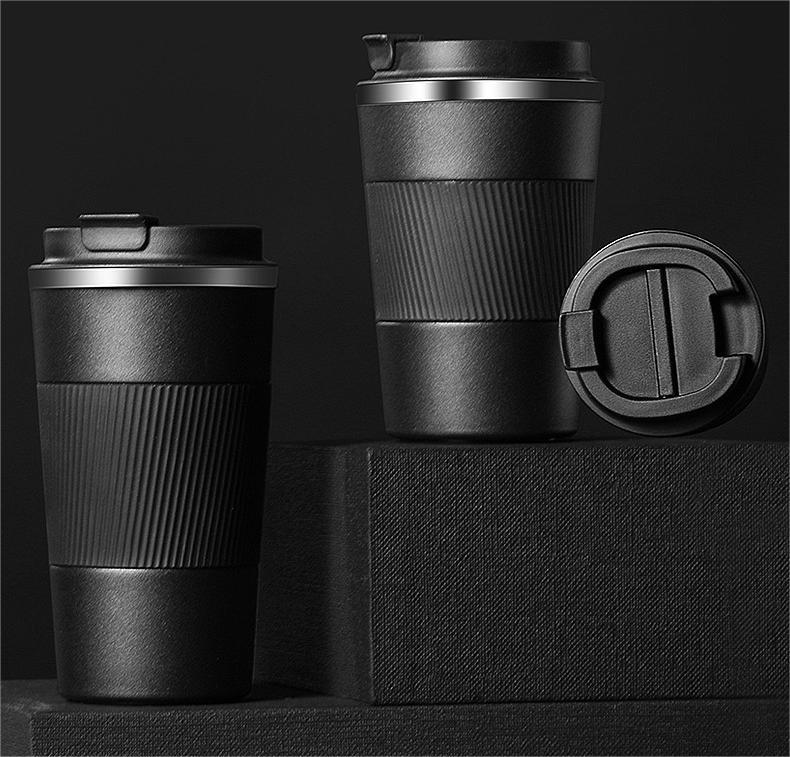Is it right to clean stainless steel water cups with salt water?
Answer: Wrong.
After everyone buys a new stainless steel thermos cup, they will thoroughly clean and disinfect the cup before use. There are many methods. Some people will use high-temperature salt water immersion to seriously disinfect the cup. This will make the disinfection more thorough. This method is obviously wrong. of.
High-temperature salt water can indeed disinfect and sterilize, but it is limited to materials that do not react chemically with salt water, such as glass. If you buy a glass water cup, you can use the high-temperature salt water immersion method to clean and disinfect the water cup, but stainless steel cannot.
I started playing short videos recently. A friend left a message under a video saying that the stainless steel thermos cup he purchased was soaked in high-temperature salt water for a long time. After cleaning it later, he found that the inside of the liner seemed to be rusty. He asked why. ? The above content is the explanation for this friend. Stainless steel is a metal product. Although it has good corrosion resistance, it is not absolutely corrosion-proof. In particular, there are many kinds of stainless steel materials. Currently, the globally recognized food-grade stainless steel is 304 stainless steel and 316 stainless steel. When the editor’s factory inspects incoming materials, one of the tests is to conduct a salt spray test on the stainless steel. If the stainless steel passes the specified temperature and salt spray concentration With time, the salt spray reaction of the material is tested. Only when it reaches the standard can the subsequent production of stainless steel water cups be carried out. Otherwise, it cannot be used for subsequent production.
Some friends have said, don’t you also use salt spray testing? So why can’t we use high-temperature salt water to clean? First of all, the laboratory in the editor’s factory is very standardized. It conducts testing in strict accordance with the industry’s international testing procedures. There are clear regulations on time, temperature, and salt spray concentration. At the same time, there are also clear requirements for the results of material testing. What will it look like? are deemed to be qualified products within a reasonable range. The editor here is talking about 304 stainless steel and 316 stainless steel. Well, when everyone performs daily salt water cleaning, they do it based on their own judgment. People often think that the higher the water temperature, the better, and the longer the time, the better. This breaks the normal test requirements. Secondly, it does not rule out that the water cups you buy are obviously It is marked as 304 stainless steel, but the final material does not meet the standard. Because it is also 304 or 316 stainless steel, it does not necessarily mean that it is a standard material. What’s more, some water cup companies use 201 stainless steel as 304 stainless steel. In this case , after consumers use high-temperature salt water for disinfection and cleaning, the corrosion reaction of the material will be more obvious, so the editor recommends that you do not use high-temperature salt water to clean new water cups.
A new stainless steel water cup will undergo ultrasonic cleaning before leaving the factory, so after receiving the water cup, you can gently clean it with warm water and a little detergent. After cleaning, rinse it several times with water at a temperature of about 75°C.
Post time: Apr-29-2024
